THE MXA INTERVIEW: The Life & Times of Mike Bell – Local Hero, Factory Star, National Champ & All-Around Motocross Enthusiast
 ÿ
ÿ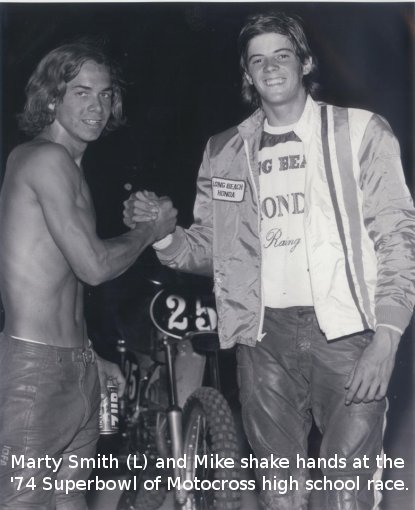
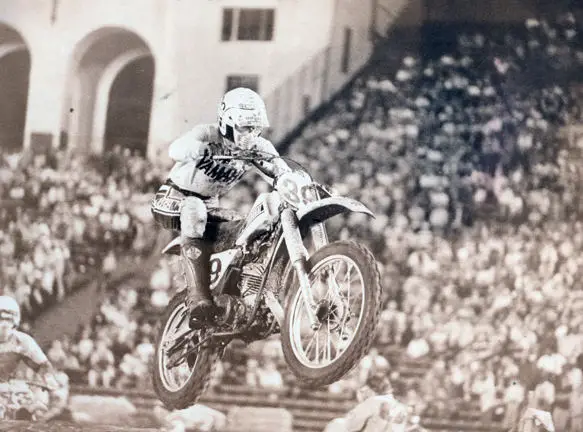
ÿ
ÿÿ My first National title: “I won the AMA Supercross title in 1980. I really had a lot of momentum going that year because I ended up winning seven main events. I actually wrapped up the title in Philadelphia. It was a double header and I won the first night. All I had to do was finish tenth or better the next night and I got second behind Broc. I think the thing I remember most was getting all the congratulations from the other riders. Kent Howerton was a real fierce competitor and he came and shook my hand. Gaylon Mosier had some kind words and the thing was that these were the guys I really respected when I was growing up. The icing on the cake was to go the last round in San Diego and win that one too. The promoter gave me 75 tickets for my friends and family so that was a really great night to celebrate.”
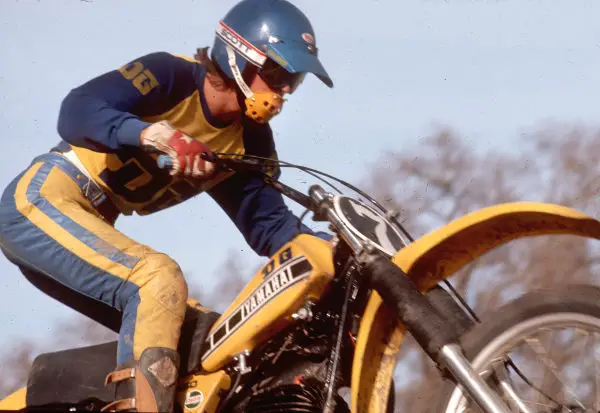
ÿ
Mike: The sport is so different now that it’s really hard to compare at almost any level. For instance, when I won my Supercross title I would’ve traded it for a 500cc outdoor title in a minute. Back then, the outdoor series was hit and the 500 class was the premier class. I know I sound like an idiot to say that, especially knowing the value that I stillÿ have for wining the indoor title, but I think it illustrates what I’m talking about. Back then the National series actually interrupted the Supercross seriesÿ- can you imagine that happening now? Another element is the power of the drink sponsors. Do you remember a time when the factory teams would be so willing to hire replacement riders? But now the drink companies are spending so much money on sponsoring the teams that they expect to have rider out there on the track.
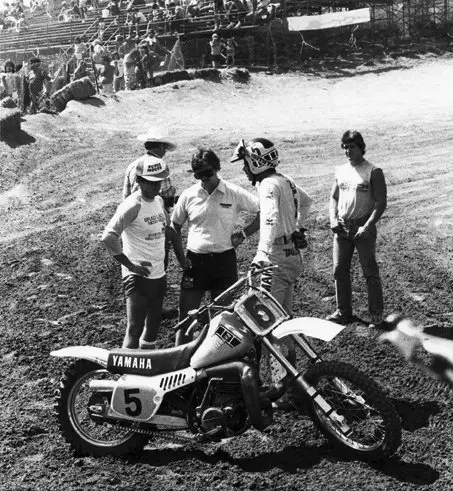
Mike: I know a lot of riders now don’t see any value in racing the outdoor circuit. And that’s another point of real differentiation between the old days and now. The sponsors only care about Supercross. Whether the riders on some teams make the show or not, the teams can bring in sponsors and have these great hospitality areas set-up. The races are easy to find, there are always hotels nearby and you can’t say that about all the Nationals. I know RC always saw the value in racing outdoors, but he’s unlike all the other guys. RC is a throwback from another school. Ricky is a fan of Hannaha’s work ethic and he respects what Jeff Stanton did by winning races like Daytona and Southwick. A different fire burns inside Ricky than all the other guys.
MXA: Do you think all those nights of racing at places like Ascot and Lions Dragstrip helped for your future career as a Supercross rider?
Mike: Absolutely. But we weren’t racing all those night tracks as training for Supercross because that sport really hadn’t even been established yet. We’d race on Thursday and Friday nights, sometimes three classes, just to make money! And none of us knew how good we were – we were just a bunch of locals riding around in the dark and bumping under the lights. You probably remember, the course at Ascot would change every week. Stu would just move the trash cans around and we’d race around them soÿwe ended up cuttingÿour teeth riding fast on tight tracks with lots of cornersÿwithout any berms.ÿ
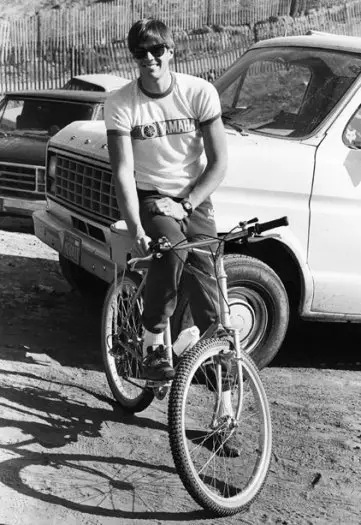 MXA: You had a third win at the L.A. Coliseum, but it was on a mountain bike.
MXA: You had a third win at the L.A. Coliseum, but it was on a mountain bike.
Mike: I definitely had some great moments inside the Los Angeles Coliseum. There was the second place finish in the high school race, both wins (’78 & ’82) and then I came back in 1987 and raced mountain bikes in an exhibition race. The two people I figured would win would’ve have either been John (Eli’s dad) Tomac or Olympian Nelson Vails. It was a two-lap race and once I got into the lead it was just like 1974, only this time I kept waiting for Tomac to pass me. It was cool because on the last lap when I was leading a bunch of guys like Ricky Johnson and David Bailey were on top of the peristyle cheering me on.
Mike: I remember how light it felt and how good the suspension was as compared to a stock YZ. Plus, it was just so awesome to ride a works bike. Everything was hand-built, we had tons of spares so you could make just the way you wanted it. Emotion made a huge difference too. I was so proud to be a factory Yamaha rider. Think about it, my teammates were Bob Hannah, Broc Glover, Pierre Karsmakers and Ricky Burgett. I was a kid living his dream!

Mike: I think my favorite works bike was the OW39. The first time I rode it was at Saddleback Park. Dave Osterman called me to say that we’d been invited to test the 1978 500cc race bike with Heikki Mikkola. Just to go riding with Heikki was in and of itself a career highlight. The track was its usual dry, hard pack, slick weekday self, but the bike was amazing. I loved it and couldn’t wait to race it. I won my first National on that OW39 a few months later in St. Louis, Missouri. I went 1-1 to beat my long-time hero Marty Smith. Another dream had come true!
Mike: Yes, I rode that day in San Antonio. I was brought in like other teammates to help Yamaha win the championship. There were no tactics ever discussed by management or riders. This was my first chance to ride in the National class as a factory rider. To that point I had only competed in support class races at previous Nationals. I actually had what most would consider a respectable finish, as I went 5-4 for 4th overall, Mark Barnett finished 5th. But to put into perspective, Broc, Danny and Bob lapped us both motos. They were in a whole different league, but I was quietly proud of my accomplishment for the day.

Mike has kept two wheels present with sons Trevor and Sean (c).
MXA: What is it about motocross, and as an extension cycling, that attracts you?





Comments are closed.